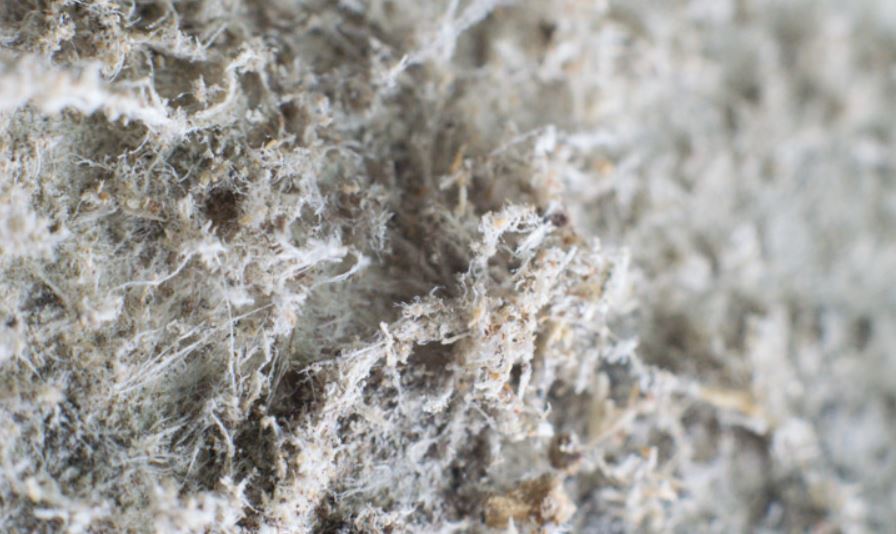Asbestos in Older Homes: Identifying and Managing the RiskAsbestos in Older Homes: Identifying and Managing the Risk
Asbestos, the once ‘miracle material’ hailed for its heat resistance and insulating properties, has a dark side that many homeowners are unaware of. In the mid-20th century, it was commonly used in a variety of building materials, from insulation to roofing shingles, floor tiles to pipe cement. However, in the late 1970s, research linked asbestos to serious health problems, including lung cancer, mesothelioma, and asbestosis, leading to its ban in many countries.
Today, many older homes still harbour this hidden danger, putting residents at risk of exposure. Identifying and managing the risk of asbestos in these homes is crucial for preserving the inhabitants’ health and is also a key part of responsible home ownership and maintenance.

This blog post will delve into the history of asbestos use, explain why it was so popular in the construction industry, and discuss the health risks associated with exposure. We’ll guide you on identifying potential asbestos-containing materials in your home and advise you on what steps to take if you find them. Equipping yourself with this knowledge ensures your home remains a safe haven for you and your loved ones.
Why Asbestos was Used in Older Homes
Asbestos became popular in the construction industry primarily because of its unique properties. It is fire-resistant, durable, and has excellent insulation properties. These characteristics made it an ideal material for various building applications, especially during the industrial boom of the mid-20th century. It was widely used in home construction from the 1930s through the 1970s until its dangerous health effects became undeniable, and regulations limiting its use were implemented.
Locations and Materials in Homes That May Contain Asbestos
Asbestos can be found in numerous materials used in older homes. These include roofing shingles, ceiling and floor tiles, pipe insulation, and some old paint. Common locations of these materials are attics, basements, bathrooms, and kitchens. However, asbestos can be present anywhere, from walls and floors to pipes and ceilings.
Health Risks Associated with Asbestos Exposure
When asbestos fibres are inhaled, they can cause significant health problems. Mesothelioma, a rare form of cancer affecting the lining of the lungs, and asbestosis, a chronic lung disease, are directly linked to asbestos exposure.
Anyone exposed to disturbed asbestos materials is at risk, particularly those living or working in an environment where asbestos-containing materials are deteriorating or have been disturbed. The diseases associated with asbestos exposure have a long latency period, often not appearing until decades after the initial exposure.
Identifying Asbestos in Your Home
Identifying asbestos can be challenging as it’s often mixed with other materials. However, signs such as aging building materials, particularly those installed between the 1930s and 1970s, can be an indicator. Yet, the only surefire way to identify asbestos is through professional inspection. DIY asbestos testing kits are available but have limitations – they can’t definitively identify asbestos and don’t consider the risk of disturbing the material in the testing process.
What To Do If You Find Asbestos
If you suspect or confirm the presence of asbestos, do not disturb it. Contact a certified asbestos professional who can assess the situation and advise on the next steps. Asbestos should be removed when damaged, deteriorating, or likely to be disturbed during renovations or repairs. However, if the asbestos-containing material is in good condition and will not be disturbed, it’s often safer to leave it in place and monitor it for any changes.
Safe Asbestos Removal and Abatement Techniques
Gold Coast asbestos removal should always be performed by a professional. This process involves sealing off the area, using specialized equipment to remove the asbestos without releasing fibres into the air, and disposing of the material in accordance with local regulations. DIY asbestos removal is highly discouraged due to the health risks and stringent laws surrounding asbestos disposal.
Prevention and Mitigation Strategies
Prevention and mitigation strategies involve ensuring any asbestos left in place is not disturbed and regularly checking it for signs of deterioration. Safe living with non-removable asbestos includes avoiding drilling, hammering, or other activities that may disturb the material.

It’s also important to have a professional check regularly for any changes. Insurance can play a role in asbestos management, with some policies covering part of the removal cost. In some cases, financial assistance may be available through local government or nonprofit organizations.
As we’ve learned, asbestos, once a favoured material in the construction industry, poses significant health risks, particularly in older homes built between the 1930s and 1970s. Asbestos-related diseases, such as mesothelioma and asbestosis, can have devastating impacts on those exposed, underscoring the vital importance of professional handling of this material.
If you live in or are considering purchasing an older home, taking proactive steps to identify and manage any asbestos present is crucial. This begins with seeking a professional inspection and extends to carefully following expert advice on abatement or safe cohabitation strategies.
However, the responsibility of managing asbestos continues after individual homeowners. We can all play a part in reducing the risk posed by this dangerous material. Share this information with friends, family, and neighbours to raise awareness of the dangers of asbestos in homes. Through understanding and action, we can protect our households and communities from the risks of asbestos exposure.







Recent Comments